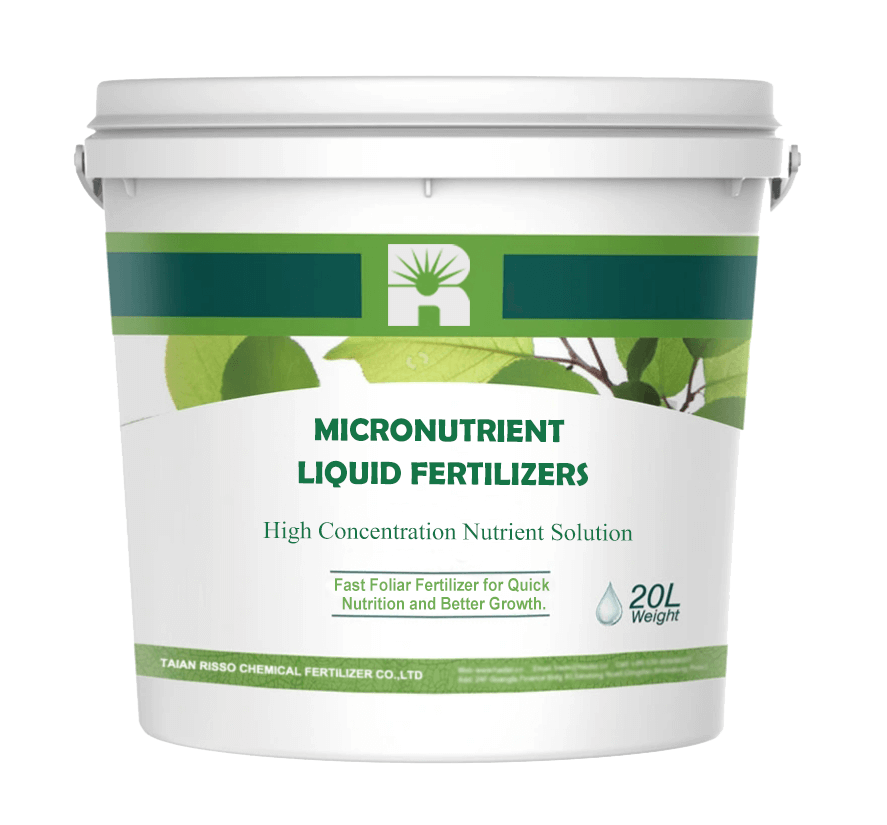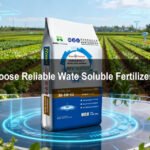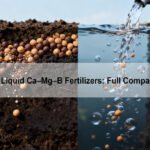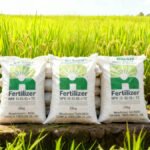Let more growers get greater benefits
Types of Liquid Fertilizers: Complete Guide for Crops
Subtitle: A Comprehensive Guide to Liquid Fertilizer Categories and Applications
- Industry News
- July 4, 2015
- 5:23 pm
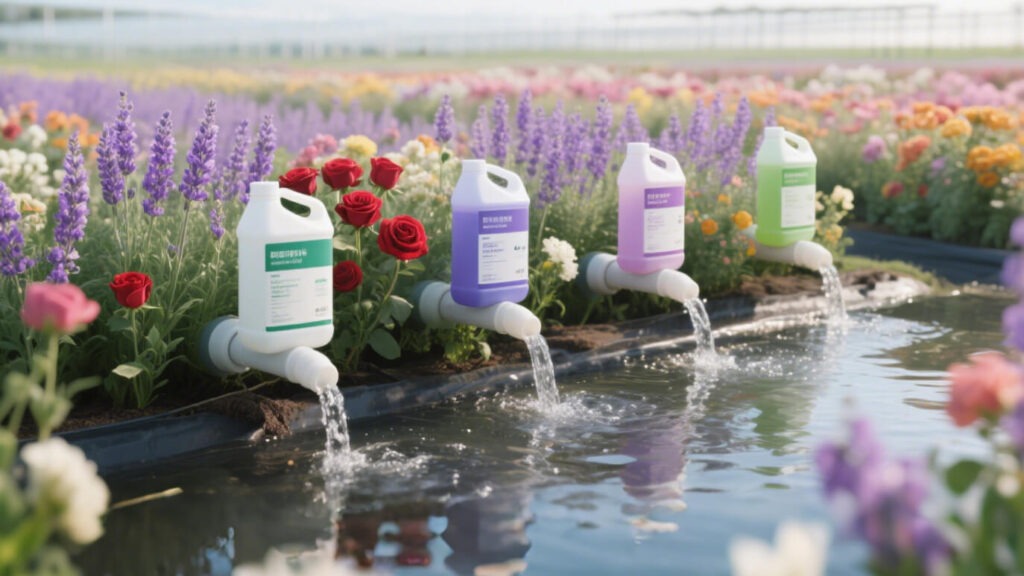

Liquid fertilizers are highly efficient nutrient solutions that offer rapid absorption and are compatible with drip irrigation, foliar spray, and precision fertigation systems. As agriculture moves toward higher yields and sustainability, choosing the right type of liquid fertilizer has become crucial for both large-scale and organic growers.
This guide breaks down the main categories of liquid fertilizers—mineral-based, organic, and functional (biostimulants)—with detailed explanations and real-world application insights.
Table of Contents
1. Mineral-Based Liquid Fertilizers
Mineral-based liquid fertilizers are formulated using inorganic compounds and provide essential macronutrients like nitrogen (N), phosphorus (P), and potassium (K) in precise ratios. They’re ideal for high-yield crops, and their fully soluble nature makes them suitable for modern irrigation systems.
🔹 UAN (Urea-Ammonium-Nitrate) Fertilizer
UAN 32 liquid nitrogen fertilizer is a widely used nitrogen source in commercial farming. It combines urea, ammonium, and nitrate in a single, clear liquid, offering a balance of fast-acting and slow-release nitrogen.
Farmers prefer urea ammonium nitrate for crops like corn and wheat, as it delivers consistent nitrogen availability during key growth stages.
🔹 Liquid Ammonium Polyphosphate (APP)
Liquid ammonium phosphate fertilizers, such as 10-34-0 liquid starter fertilizer, are excellent phosphorus sources for early crop development. These products contain a mix of orthophosphate and polyphosphate forms, ensuring both immediate and sustained phosphorus availability.
Growers commonly use liquid ammonium polyphosphate for corn and other row crops that require strong root establishment at planting.
🔹 Liquid Macronutrient Fertilizer
Liquid formulations like 200-200-200, 150-50-300, and 120-60-60 provide a full spectrum of plant nutrition. These liquid NPK fertilizers for vegetables are ideal for crops in high-demand stages such as flowering and fruiting.
Applied as water-soluble NPK foliar spray, these blends ensure rapid uptake and visible growth response.
🔹 Micronutrient Liquid Fertilizers
In addition to macronutrients, plants often require trace elements. Liquid calcium fertilizers and micronutrient foliar sprays for crops (such as iron, boron, magnesium, and zinc) help prevent deficiencies and improve fruit quality and shelf life.
2. Organic Liquid Fertilizers
Organic liquid fertilizers are gaining popularity due to their soil-friendly, sustainable composition. Derived from plant and animal materials, they improve both plant health and long-term soil structure.
🔹 Fish Emulsion or Hydrolysate
This organic nitrogen-rich fertilizer typically has a 5-2-2 NPK ratio and is ideal for organic and regenerative farming. Organic fish fertilizer improves soil microbial activity and is suitable for early vegetative growth.
Fish emulsion for vegetable gardens is widely used by organic growers who want to avoid synthetic nitrogen inputs while still promoting lush foliage development.
🔹 Seaweed Extract (Kelp-Based Fertilizers)
Derived from brown algae like Ascophyllum nodosum, seaweed extracts contain natural plant growth hormones. These liquid seaweed extract fertilizers help improve drought resistance, nutrient uptake, and root growth.
Using a kelp-based foliar spray during transplant or stress periods enhances plant resilience and productivity.
🔹 Compost Tea
Compost tea fertilizers are rich in microbial life and soluble nutrients, supporting soil health and immune responses in crops. Farmers who incorporate organic compost tea fertilizer into their programs report better soil texture and improved resistance to pests and diseases.
3. Functional Liquid Fertilizers (Biostimulants)


Biostimulants enhance plant physiological processes beyond basic nutrition. These functional liquid fertilizers often include humic substances, plant extracts, or microbial metabolites that stimulate root growth, chlorophyll production, and stress tolerance.
Extracted from leonardite or peat, liquid humic acid soil conditioners enhance nutrient retention and improve soil structure. These products are especially useful in sandy or degraded soils where nutrients are prone to leaching.
Farmers value humic acid biostimulants for agriculture because they encourage root expansion and microbial colonization in the rhizosphere.
🔹 Potassium Humate Liquid (K-Humate)
Potassium humate liquid fertilizer combines soluble potassium with fulvic and humic acids, supporting photosynthesis and water-use efficiency. It’s commonly applied via fertigation or foliar spray to high-value crops.
K-Humate for drip irrigation is favored in dry climates, where its anti-stress properties and efficient potassium delivery significantly improve crop resilience and yield.
4. Liquid vs. Granular Fertilizers: A Practical Comparison
| Feature | Liquid fertilizers | Granular Fertilizers |
|---|---|---|
| Absorption Speed | Immediate plant uptake | Slower release, dependent on soil moisture |
| Application Precision | Ideal for fertigation & foliar use | Better suited for pre-plant broadcasting |
| Compatibility | Easily mixed with micronutrients or pesticides | Limited compatibility |
| Soil Impact | Enhances microbial activity (especially organic) | May accumulate salts if over-applied |
| Use in Organic Farming | Readily available organic options | Limited certified organic choices |
5. How to Choose the Right Liquid Fertilizer


✔️ Identify your crop’s stage and nutrient demand: For example, use UAN 32 during vegetative growth and APP 10-34-0 at planting.
✔️ Match application method: Use liquid NPK for drip irrigation systems or fish emulsion for foliar feeding in organic farms.
✔️ Address soil limitations: Apply humic acid liquid fertilizer for soil improvement in degraded or sandy soils.
✔️ Avoid incompatibilities: Always perform a jar test when mixing multiple products.
✔️ Consider long-term sustainability: Organic inputs like seaweed foliar spray for fruit trees help build soil and plant resilience over time.
📌 Final Thoughts
Liquid fertilizers are transforming modern farming by making nutrition more efficient, targeted, and sustainable. Whether you’re focused on high-yield row cropping, organic vegetable production, or precision fertigation, understanding the types of liquid fertilizers available helps you optimize your results.
By incorporating natural inputs like fish emulsion, compost tea, or potassium humate, alongside advanced formulations like 10-34-0 phosphorus fertilizer, you can balance productivity and soil health for long-term success.
Related Liquid Fertilizers
- Article
What will you get when touch?
✔ Quick & helpful reply within 6 hours.
✔ Tailored solutions for your project.
✔ One-stop product, tech, market
TRENDING
TAIAN RISSO CHEMICAL FERTILIZER CO.,LTD
- Address: High-tech Development Zone, Taian City, Shandong Province
© Copyright 2017 RISSO CHEMICAL. All Rights Reserved.



